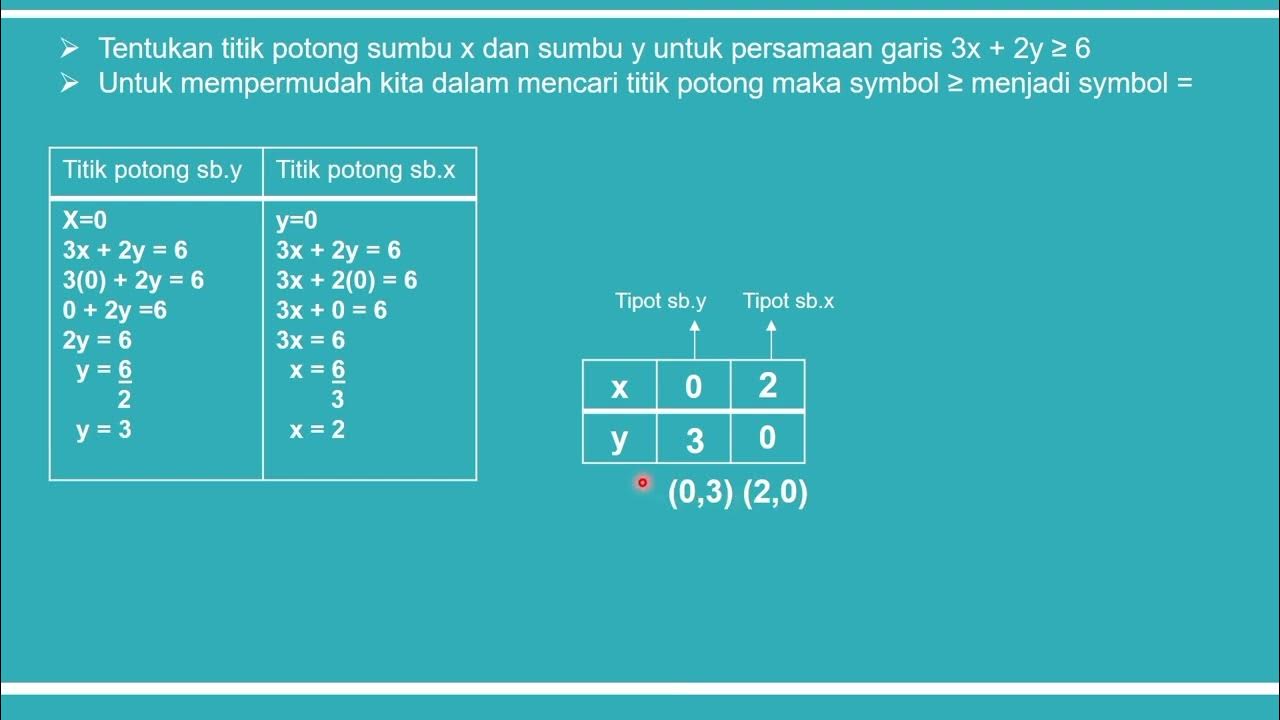PROJECT STATISTIKA - DAMPAK KUALITAS PENDIDIKAN TERHADAP KETIMPANGAN EKONOMI MASYARAKAT
Summary
TLDRThis presentation by Group 10 from a statistics project discusses the impact of education quality on economic inequality. The content covers the introduction, literature review, and methodology, focusing on how unequal access to education affects income disparity, the role of poverty as a barrier to quality education, and the link between education quality, employment, and income. The study uses secondary cross-sectional data, including poverty rates, high school graduation statistics, and workforce participation in West Java, Indonesia. The goal is to analyze whether higher education leads to better economic outcomes. The presentation concludes with data analysis approaches and acknowledgments.
Takeaways
- 📚 The presentation is from Group 10 of the Statistics ST 13 project, focusing on the impact of education quality on economic inequality.
- 👥 The group introduces its members and provides an overview of the table of contents, starting with Chapter 1: Introduction.
- 🎓 Chapter 1 includes background, problem formulation, and objectives, highlighting the importance of education in economic development and the long-term effects of education quality on the economy.
- 💡 The problems discussed include the unequal access to education, poverty as a barrier to quality education, and how education impacts employment and income opportunities.
- 🎯 The objectives of the project are to understand how unequal access to education affects income inequality and whether poverty is a main barrier to quality education.
- 📖 Chapter 2 reviews literature, defining education quality according to experts like Ace Suryadi and Har Tilaar, and explaining economic inequality based on Kuncoro's definition.
- 📊 The group uses cross-sectional data for analysis, including variables like the poverty rate, number of high schools, high school graduates, and the labor force in West Java.
- 📝 Chapter 3 outlines the methodology, focusing on secondary data collection, including education and poverty levels from sources like BPS (Statistics Indonesia) and the Ministry of Education.
- 🔍 Data analysis will explore potential patterns, such as whether people with higher education levels tend to have higher incomes.
- ✅ The presentation concludes with a summary of their project, asking for forgiveness for any shortcomings and ending with a formal greeting.
Q & A
What is the main topic of the presentation?
-The presentation discusses the impact of education quality on economic inequality in society.
Who are the members involved in the presentation?
-The presentation is made by group 10 of the Statistics Project, ST 13, although the individual members are not explicitly named in the transcript.
What are the sections covered in the presentation?
-The presentation covers several sections: Introduction, Literature Review, Methodology, Data Collection, and Data Analysis.
What are the key issues addressed in the presentation?
-The key issues are unequal access to education and its impact on income inequality, poverty as a barrier to quality education, and how education quality affects employment opportunities and income.
What is the objective of the study?
-The objective is to understand the impact of unequal access to education on income inequality, assess whether poverty is a major obstacle to quality education, and analyze how education quality affects job opportunities and income levels.
What is the definition of education quality according to the sources mentioned?
-According to Ace Suryadi and Har Tilaar, education quality refers to the ability of educational institutions to optimally use resources to enhance learning. Permiknas No. 3 of 2009 defines it as the intelligence level of the nation achieved through the application of the national education system.
How is economic inequality defined in the presentation?
-Economic inequality, as defined by Kuncoro (2006), refers to the relative standard of living across society, often due to regional disparities in resources and economic conditions.
What type of data is used in the study?
-The study uses secondary cross-sectional data. This includes poverty percentages, the number of high schools, high school graduates, workforce size, and average per capita income in West Java.
How is data collected and analyzed in the study?
-The data is collected from various sources like BPS (Statistics Indonesia) and the Ministry of Education and Culture. The analysis focuses on identifying patterns such as whether individuals with higher education levels tend to have higher incomes.
What are the long-term effects of education quality on the economy, as discussed in the presentation?
-The long-term effects of education quality include better economic outcomes, as higher education levels are associated with higher income and better employment opportunities.
Outlines

This section is available to paid users only. Please upgrade to access this part.
Upgrade NowMindmap

This section is available to paid users only. Please upgrade to access this part.
Upgrade NowKeywords

This section is available to paid users only. Please upgrade to access this part.
Upgrade NowHighlights

This section is available to paid users only. Please upgrade to access this part.
Upgrade NowTranscripts

This section is available to paid users only. Please upgrade to access this part.
Upgrade NowBrowse More Related Video

Kemiskinan dan Kesenjangan Pendapatan - Kelompok 4 ES 4B - Perekonomian Indonesia

The Education System In Indonesia

Tugas Presentasi | Mata Kuliah Statistika | Kelompok 1(Primer) |

KELOMPOK 4_ST21_KORELASI TINGKAT PENDIDIKAN TERHADAP JUMLAH PENGANGGURAN DI PROVINSI JAWA BARAT

Viksit Bharat has become a joke | BKBB | RN Bhaskar

Materi:Himpunan Penyelesaian Sistem Pertidaksamaan Linear (Dua) Variabel" (SPTLDV) Kelompok-1
5.0 / 5 (0 votes)